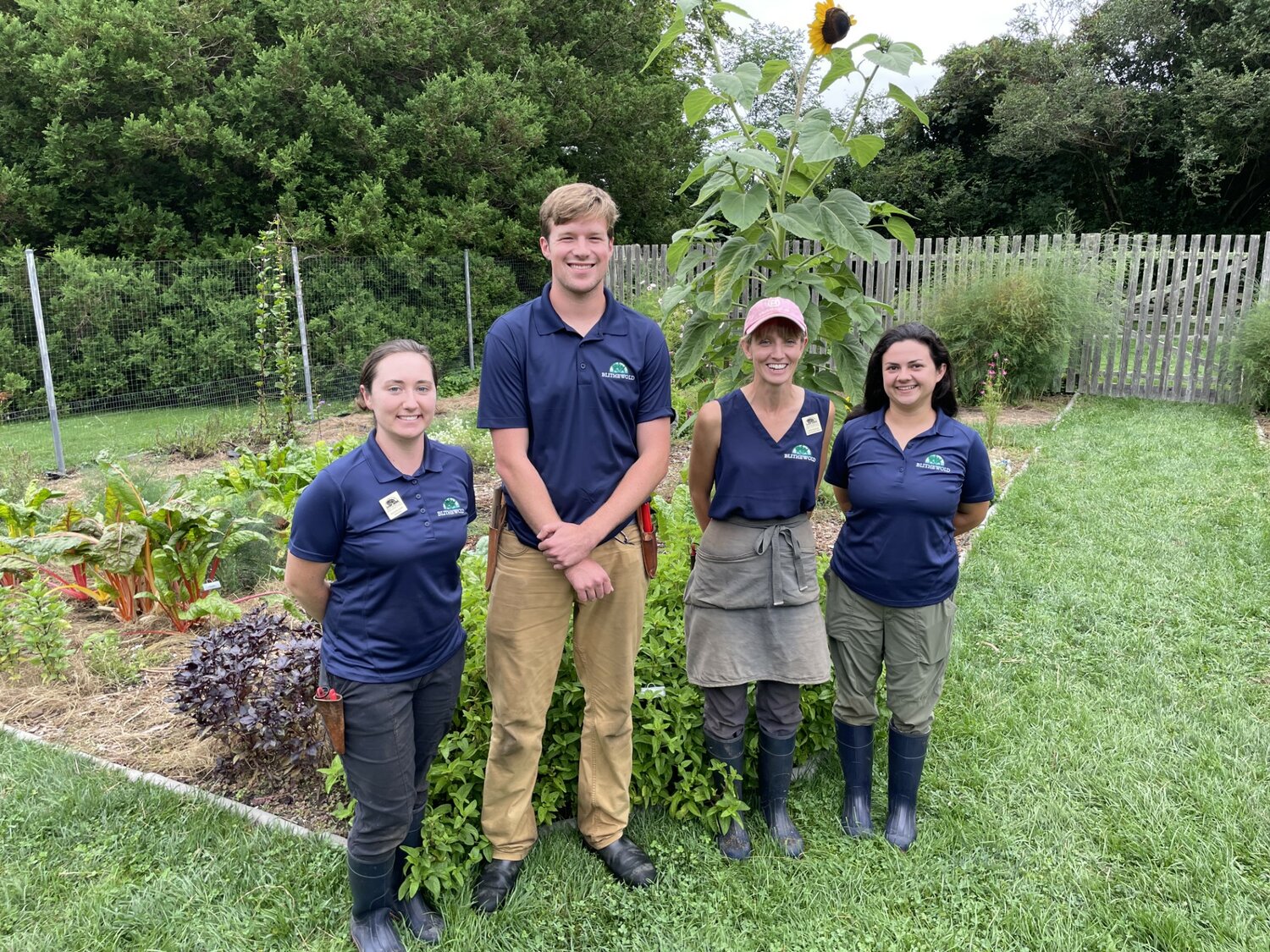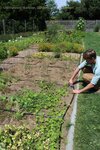A better garden, drip by drip
Blithewold’s garden team installed a new irrigation system that is good for the plants, good for the wallet, good for the earth
The folks at Blithewold Mansion Gardens and Arboretum know a thing or two about gardening. After all, they manage half a dozen gardens, along with one of the most spectacular and diverse living …
This item is available in full to subscribers.
Please log in to continue |
Register to post eventsIf you'd like to post an event to our calendar, you can create a free account by clicking here. Note that free accounts do not have access to our subscriber-only content. |
Day pass subscribers
Are you a day pass subscriber who needs to log in? Click here to continue.
A better garden, drip by drip
Blithewold’s garden team installed a new irrigation system that is good for the plants, good for the wallet, good for the earth
The folks at Blithewold Mansion Gardens and Arboretum know a thing or two about gardening. After all, they manage half a dozen gardens, along with one of the most spectacular and diverse living landscapes in the Northeast.
But they learned something new this year that they’re excited about – and it’s something home gardeners could learn from, too.
They installed a drip irrigation system in their vegetable garden, which is tucked among a series of gardens at the north edge of the Bristol property. When deployed properly, drip irrigation systems can consume far less water, with less wasted water, than sprinklers, hoses and other traditional means of watering.
“This is the best system for the health of the plant,” said Betsy Ekholm, Gardens and Greenhouse manager. “When they get wet, and the water sits on them, and it gets hot, plants can develop all sorts of foliar diseases. They can attract insects — insects that we would not necessarily want to be all over our plants. We love the insects and pollinators, but not when they’re there to cause tons and tons of damage. So the drip irrigation is the best way to go for the all-encompassing health of the plant, for the roots and shoots and flowers.”
Said Ollie Bingham, a 2023 University of Rhode Island graduate and summer intern who helped lead the design and installation of the drip irrigation system: “It’s an elegant solution.”
A simple design, a simple solution
Blithewold’s drip irrigation system relies on one feeder supply of water connected to an on/off valve. That connects to what is called the “manifold,” a long line of flexible tubing that loops around the outer circumference of the garden. Shooting off from the manifold are small plastic sleeves known as “tape.”
All of the materials are purchased together as a kit, and the tape is pre-perforated with small slits for the water to seep through. When the water is turned on, the manifold fills, then the tapes all fill, and the water begins dripping into the ground.
“Drip irrigation, in general, you want to leave on for quite a long time, because it is a very slow drip and it comes down basically like a pyramid into the soil,” Ekholm said. “You want the plants to grow deep roots to get to that bottom water, so you have to leave it on for at least three or four to maybe six hours, depending on how hot it is.”
Because the water is dripping directly into the soil, it is less likely to be evaporated by the sun or drain off to someplace unintended. “There’s no runoff. Because the drip is at such a small rate, it’ll always sink into the ground before it has a chance to run off anywhere it’s not supposed to be,” Bingham said.
Although the summer intern had experience with irrigation systems through his work at a nursery in Kingston, R.I., each system is designed uniquely for the space. At Blithewold, he and horticulturist Julia Callahan spent a short time mapping out a plan before actually piecing together the materials.
“It’s very doable for anyone at home. It’s just 20 minutes or so of forethought, planning out where the lines are actually going to go, and then it’s just a matter of doing it,” Bingham said.
Sustainable practices
Because they devote their lives to the health and well-being of living things, Ekholm and her crew care deeply about the environment and how humans impact it. They would love for more gardeners and homeowners to adopt environmentally safe, sustainable practices — including water conservation.
“If you’ve got established beds, and there’s been a couple of hot days, your plants are fine,” Ekholm said. “You don’t need to give them a tiny bit of water, because it’s just going to evaporate. If you’re putting a little bit of water in just that top layer of soil, the plants are going to make roots there, because that’s where the water is. You’re not going to stabilize that plant long term and give it a better chance of good health. So when we do drip irrigation, we’re doing deep soaking. Drip irrigation is going to do a really good job of encouraging those plants to send their roots way down. So when we have a few hot days, they’re not suffering, because they’ve got a great food system.”
Blithewold’s vegetable garden is divided into quadrants, each with a different identity. One quadrant is devoted to leafy greens, another to legumes, another to root vegetables, and the last one to fruits. Each spring, the garden team will rotate the quadrants. That’s because different plants take different things out of the soil, so by rotating their location, the soil will constantly be regenerated and rejuvenated.
Most of the food grown within the garden goes directly to the kitchen at Blithewold, which is steadily introducing new sustainability initiatives every year. The kitchen is now composting its food scraps and sharing them with an outside vendor. Several of the vehicles and some of the power equipment in the Blithewold sheds are now fully electric. They’ve also added a water bottle refilling station.
It’s all intended to set an example for the outside world — simple investments can have big impacts.











